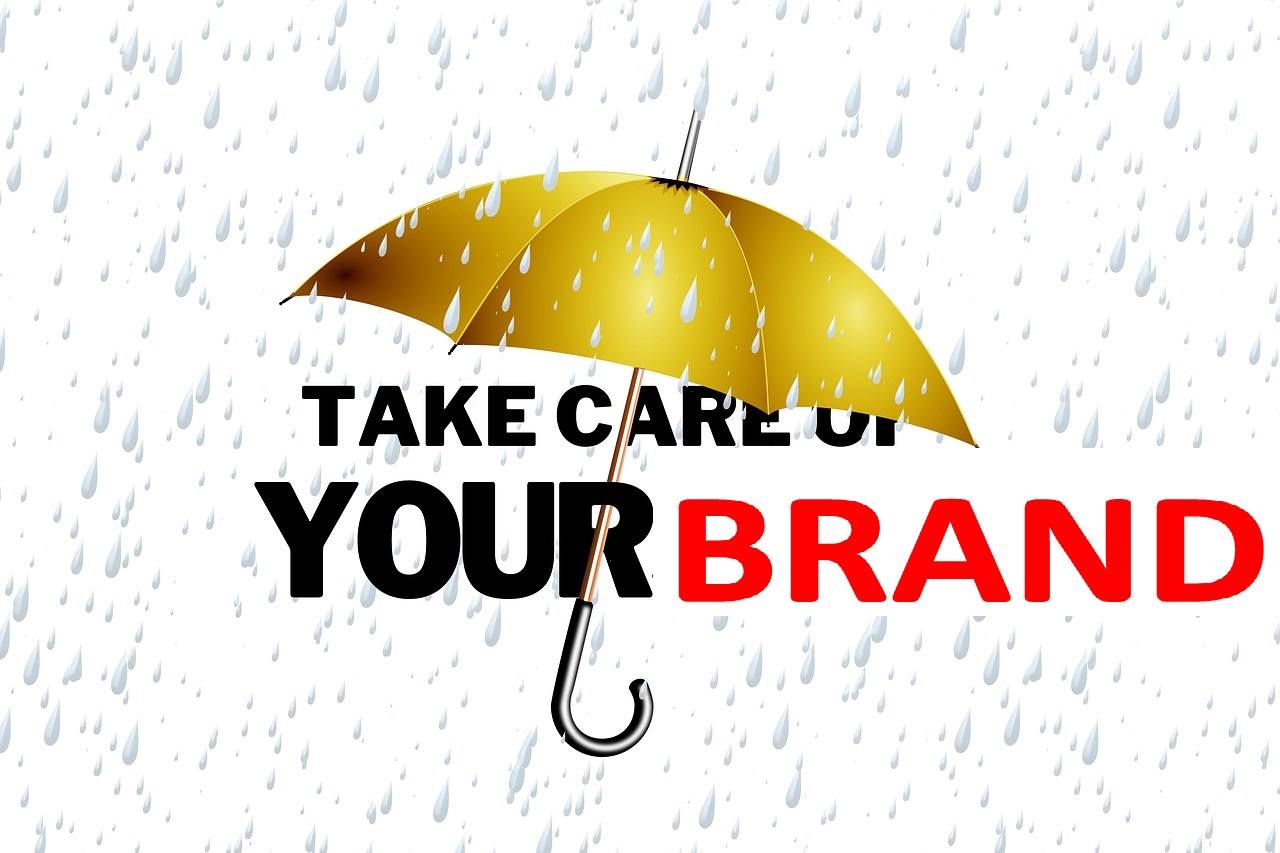Smiling, happy partners in a TV spot soon after feminicide news. Travels and luxury product ads in between war reportage. Unfortunate combinations that are regrettable for the audience and detrimental for the brand.
Traditional advertising gives the advertiser the opportunity to negotiate campaign placements, but things are a little more complex in the digital world. Programmatic advertising, or the process of buying and selling online adv through algorithmic software, prevents any direct control over media planning. You can select which target audience you want to reach, not where and in which context your insertion is delivered.
Thus, context is the keyword. Back in 2017 AT&T, Verizon, Johnson & Johnson and other major US advertisers pulled hundreds of millions of dollars in business from Google and YouTube as they didn’t want their ads to appear next to terrorism or sexually explicit contents. In 2020 about 150 brands boycotted Facebook as the platform was not effective in fighting fake news, hate speech and racism.
The backlash of brands to safeguard their reputation forced publishers and platforms to define countermeasures. That’s brand safety – according to the International Advertising Bureau, it’s about techniques and processes to keep a brand’s reputation safe when it advertises online. This means ensuring that ads are not placed next to contents that are inappropriate or far from brands’ and key stakeholders’ values.
Brand safety leverages simple tactics such as blacklisting keywords and URLs, up to contextual targeting systems to analyze texts, images, audio and video contents and assess if the environment is safe enough for the brand.
But brand safety is not about advertising only. Even media relations – provided they have completely different goals and dynamics (we all know the difference, but it’s worth marking it) – need to be managed to protect corporate, brand, and management reputation and avoid unsafe coverage.
We need to go back to the basics. When interacting with a journalist who is collecting information, it’s essential to learn which media will cover the story, where exactly (broadcasting, newspaper section, etc.) it will appear and who the reporter is.
Does this sound obvious? It isn’t. In a training project for an industry association, we used mystery auditing techniques and simulated a press inquiry about a highly controversial topic, chasing 34 member companies. 7 of them released an interview… but none of the 34 press officers doublechecked the journalist’s identity (they considered valid his name and the magazine he mentioned), how he was going to cover the topic, if he had contacted other industry players.
The most important question is: why? Trying to understand the journalist’s goal gives us the opportunity to offer more valuable contents (relevant information, the best possible spokesperson, appropriate visuals, etc.), build a constructive relationship, and figure out the context and its frame.
We cannot control media, but we can control what we tell media – in a brand safety and reputation protection perspective.




